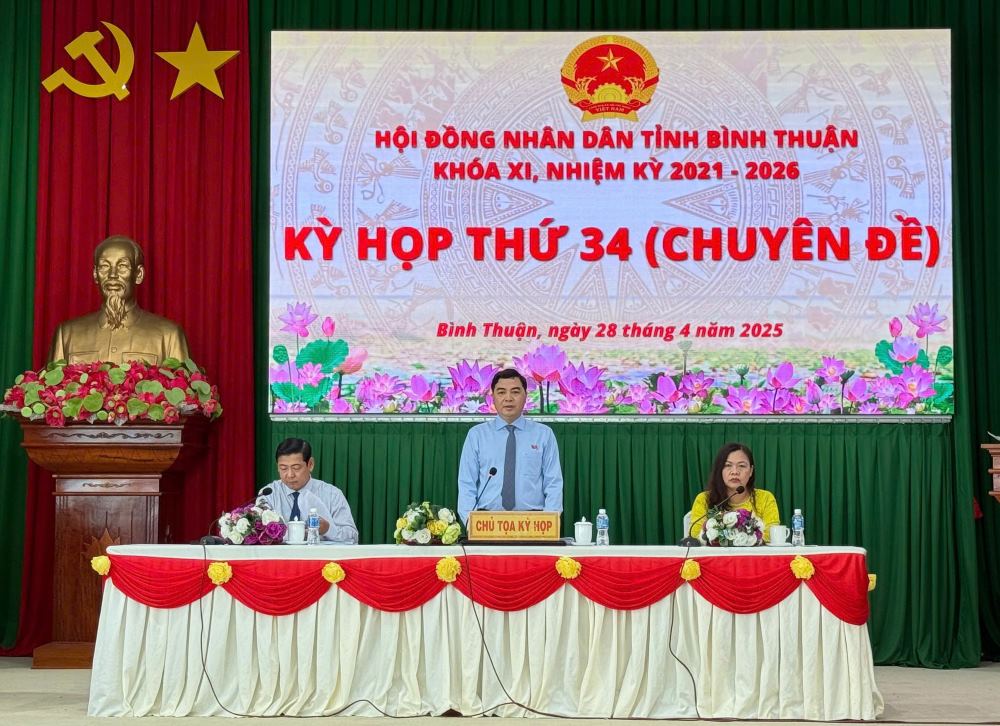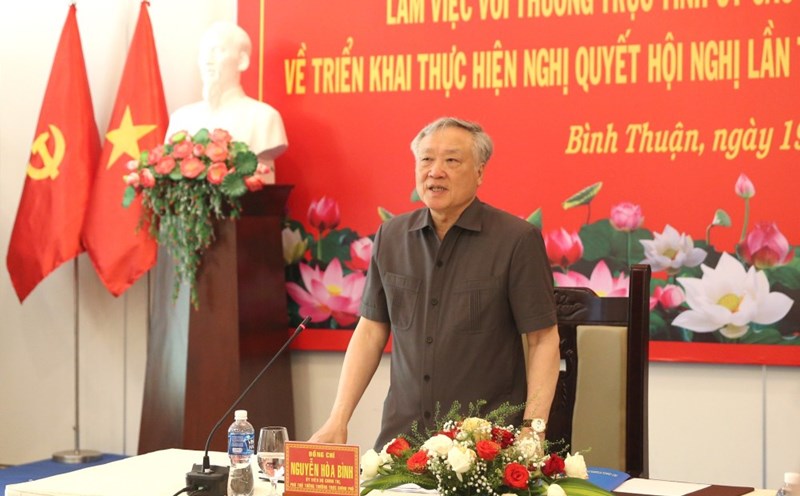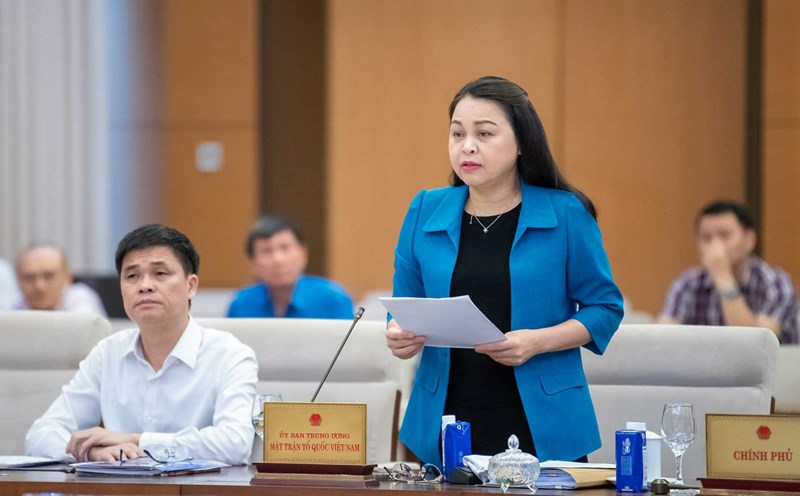On the afternoon of April 28, the People's Council of Binh Thuan province, term XI, held its 34th session (special session) to pass the Resolution on approving the policy of merging the three provinces of Binh Thuan, Lam Dong and Dak Nong, and reorganizing commune-level administrative units.

The delegates of the People's Council of Binh Thuan province voted in favor of the policy of arranging the above 3 provinces into Lam Dong province, the political and administrative center located in Lam Dong province.
Lam Dong province (new) has the largest natural area in the country, with more than 24,233 km2, population of nearly 3,873,000 people. It is expected that there will be 124 commune-level administrative units.
Previously, the People's Committee of Binh Thuan province organized a public consultation and opinions of the People's Councils at the commune and district levels on the policy of reorganizing Lam Dong province, Binh Thuan province and Dak Nong province. As a result, the number of voters in favor accounted for over 98%; 121/121 People's Councils at the commune level approved the policy of arranging provincial administrative units.

At this session, the People's Council of Binh Thuan province also approved the policy of arranging commune-level administrative units of Binh Thuan province in 2025.
After the arrangement, Binh Thuan province has 45 commune-level administrative units (including 36 communes, 8 wards and 1 Phu Quy special zone); reducing 76 commune-level administrative units, corresponding to a reduction of 62.80% of the current number of commune-level administrative units.

In which, Phan Thiet city after the arrangement will have 6 wards and 1 commune. Names that are symbolic of the land, identifying such as: Binh Thuan, Phan Thiet, Mui Ne... or the names of districts and towns in the province are all retained to name new commune-level administrative units.
The naming and renaming of new administrative units after the reorganization is in accordance with traditional historical factors, culture, and local customs and practices, which is highly supported by voters and people.












